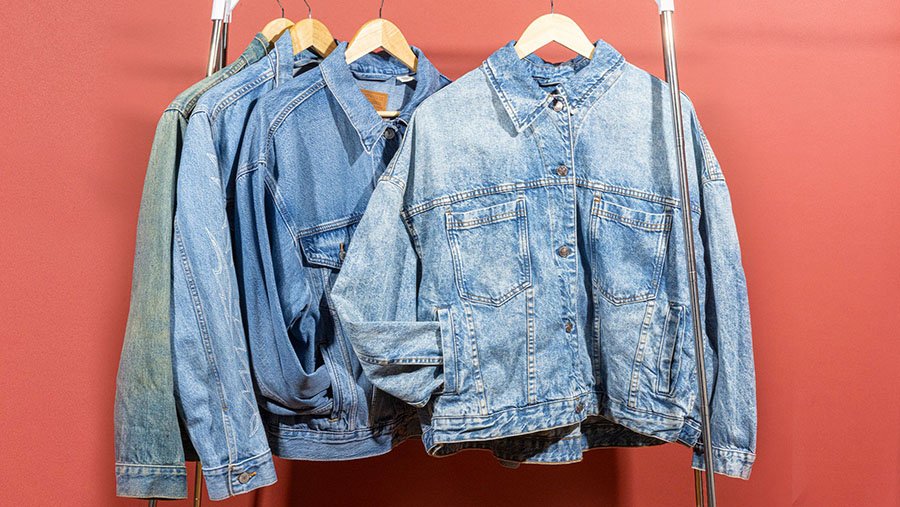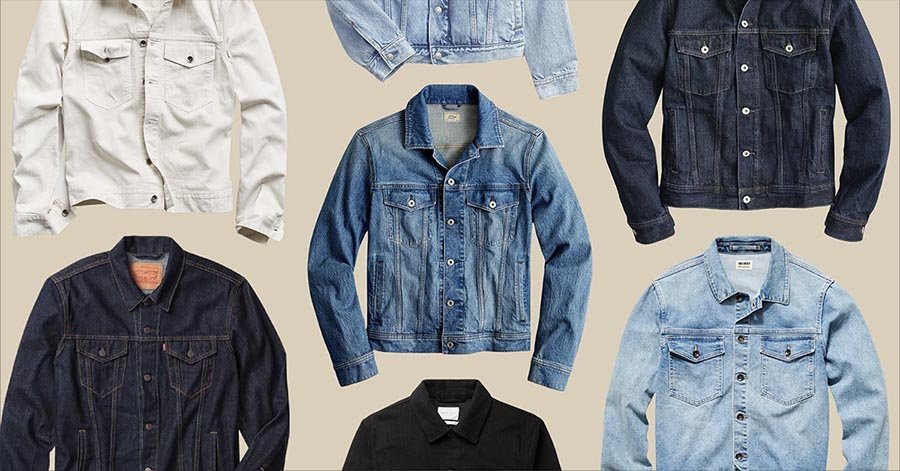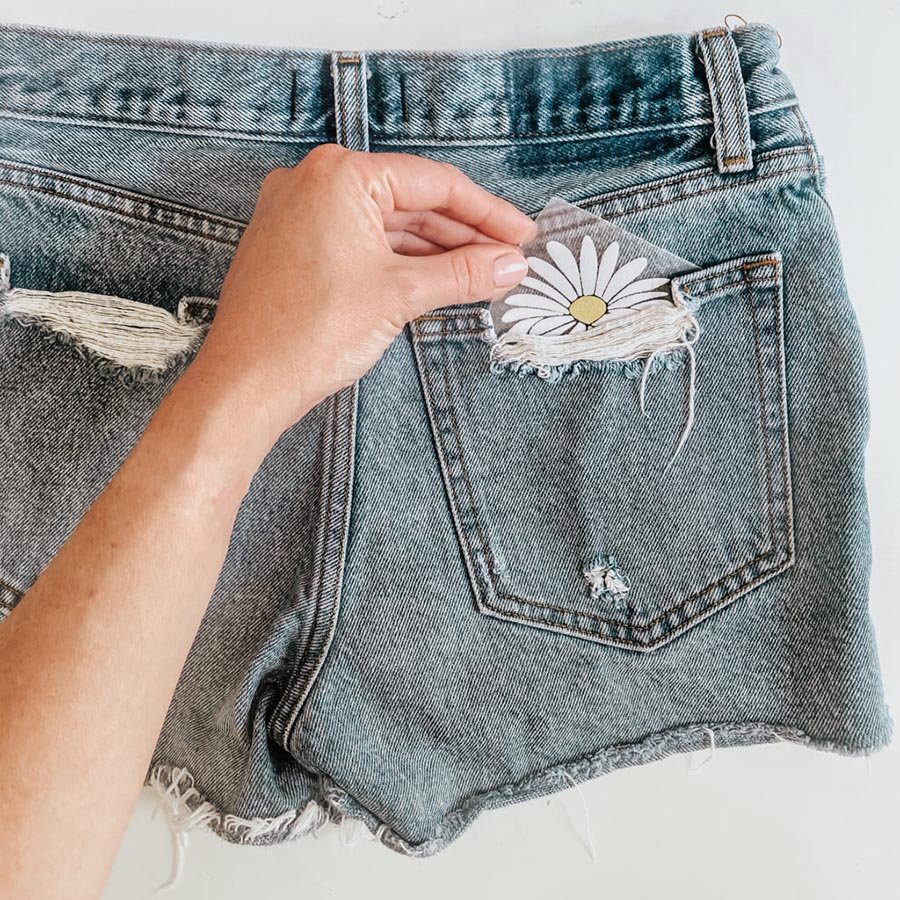Many clients ask us about hemming — the final step that gives jeans a polished look and prevents fraying.
At Jeanzio, we know hemming is more than just folding fabric; it requires the right machine settings for durability and authenticity.
The best setting for hemming jeans on a sewing machine is a longer stitch length (3–3.5 mm), heavy-duty needle size (100/16–110/18), core-spun polyester thread, and balanced thread tension. Using a denim or walking foot ensures smooth feeding over thick seams.
Getting these settings right makes the hem strong, neat, and long-lasting.

Why does hemming require special settings?
Denim isn’t like other fabrics.
Jeans hems are thick, often with multiple fabric layers, which makes sewing difficult without proper adjustments.
Hemming Challenges
- Multiple layers at side seams.
- Heavy fabric resists needle penetration.
- Risk of skipped stitches or broken thread.
Our Insight
At Jeanzio, we calibrate machines specifically for hemming, because poorly set hems weaken the whole garment.
What stitch length works best for hemming jeans?
Longer stitches mean cleaner seams.

We recommend 3–3.5 mm stitch length for hems, which allows thread to sit smoothly on denim without puckering.
Stitch Length Effects
- Too short = puckering, weak seams.
- Too long = loose, less secure stitches.
- Balanced = durable yet flexible.
Our Insight
We adjust stitch length based on denim weight to keep hems consistent.
What needle size should be used for hemming?
Stronger needles prevent breakage.
For hemming jeans, needle size 100/16 or 110/18 is ideal, ensuring penetration through thick layers.
Needle Guide
- 90/14 = Lightweight denim.
- 100/16 = Mid-weight denim (11–13 oz).
- 110/18 = Heavy denim (14–16 oz).
Our Insight
We always use denim-specific needles to avoid damage to fabric and machines.
What thread is best for hemming jeans?
Durability meets design.
Core-spun polyester thread with a cotton wrap is standard for jeans hems, offering both strength and authentic appearance.
Thread Selection
- Tex 60–80 for seams.
- Tex 90–120 for topstitching.
- Orange or yellow for heritage look.
Our Insight
We match thread to both brand identity and wash process durability.
Why is thread tension important for hems?
Balance keeps seams flat.
Medium-to-high tension is needed for strong hems, but tension must not be so tight that fabric puckers.
Tension Settings
- Low tension = loose stitches.
- High tension = distortion.
- Balanced = smooth, strong hems.
Our Insight
We test tension on sample runs before bulk production.
What presser foot helps with hemming jeans?
The right foot solves problems.
A denim foot, walking foot, or hump jumper attachment helps machines move evenly over thick layers.

Foot Options
- Denim foot → Glides over heavy seams.
- Walking foot → Prevents fabric shifting.
- Compensating foot → Keeps stitches neat at edges.
Our Insight
We set up special hemming machines with dedicated feet for efficiency.
What machine speed works best for hemming?
Slower gives control.
Hemming should be done at slightly reduced machine speed to avoid skipped stitches and needle breakage.
Speed Range
- 2,000–2,500 stitches per minute for bulk.
- Slower around thick seam junctions.
Our Insight
We train operators to adjust speed at stress points for consistency.
Why is chain stitching common for jeans hems?
Heritage and durability combined.
Many factories use chain stitch for hemming jeans, creating the famous “roping effect” that develops with washing.
Chain Stitch Benefits
- Strong under tension.
- Creates authentic fade lines.
- Traditional for premium denim.
Our Insight
We recommend chain stitching for selvedge and heritage collections.
How do finishing processes affect hems?
Washing tests seams.
Stone washing, enzyme washing, and laser treatments put stress on hems. Proper settings ensure hems survive.
Wash Impact
- Weak thread → unraveling.
- Poor tension → distorted hems.
- Right settings → durable, stylish fades.
Our Insight
We conduct wash tests during sampling to ensure hem durability.
What should clients check when evaluating hem quality?
Hems are small details, but they reveal overall quality.
Client Checklist
- Check stitch length and tension balance.
- Inspect needle penetration marks.
- Review thread thickness and color.
- Confirm chain stitch or lock stitch consistency.
- Ensure hems survive wash testing.
At Jeanzio
We provide QC reports on hemming quality so clients can trust every shipment.
Conclusion
The best setting for hemming jeans on a sewing machine includes a 3–3.5 mm stitch length, heavy-duty needles (100/16–110/18), strong core-spun thread, balanced tension, and denim-specific presser feet. Chain stitching adds authenticity and durability.
At Jeanzio, we fine-tune hemming settings for every client’s collection, ensuring jeans finish strong, stylish, and ready for market.












